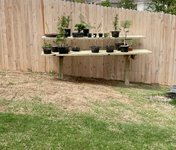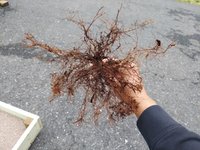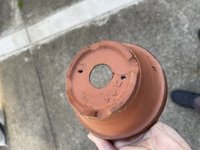It was purely coincidence, I had been scrolling through this thread at one point yesterday, and later on last night I found myself in a different thread. I suppose the reason I decided to post these clashing comments was because it provides context. Information. I see it this way:
Some guy comes in bashing colanders, saying they are a waste of time or whatever. Speaks authoritatively, like he knows what he's talking about. As a newbie, I would feel like, "damn, I feel kind of silly for using a colander."
The context provided by my comment is that, you yourself at one point or other believed that colanders offered certain utility. You chose not to give this background information, instead simply writing them off as useless, but the fact is that you liked them at one point. As a newbie, I would find relief in this, for reasons [I'm having trouble articulating, but ] having to do with credibility. People who say one thing and do another are not people I want to take advice from.
Me, I have a couple trees in crappy colanders which I'm sure are completely useless for air-pruning. My preference are pond baskets that I found at Lowes, something like 9"x9"x 6 1/2" lwh size. Even so, I'd never make as bold and grossly generalized a claim about colanders as you have, since I can't back it up.
Overall, I guess I wish to cast an aura of skepticism onto those who make authoritative claims about "XY or Z being better or worse. Full stop.", Just about the only thing I took away from a college philosophy course was this: question everything









